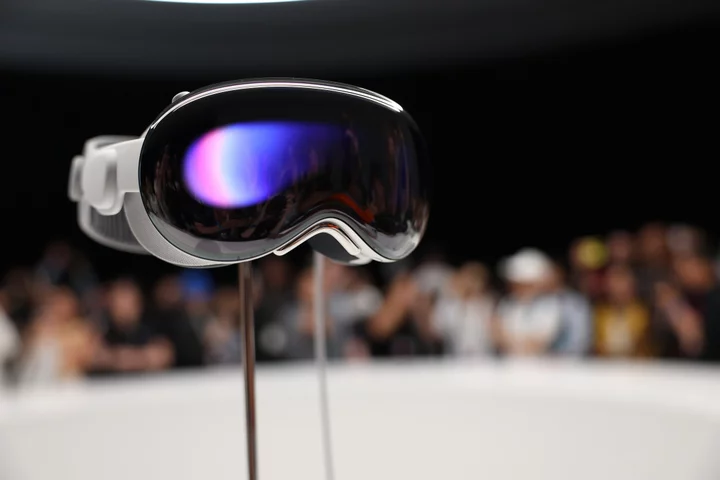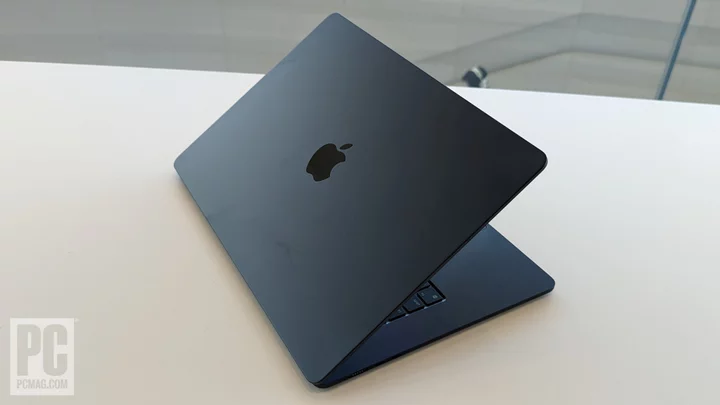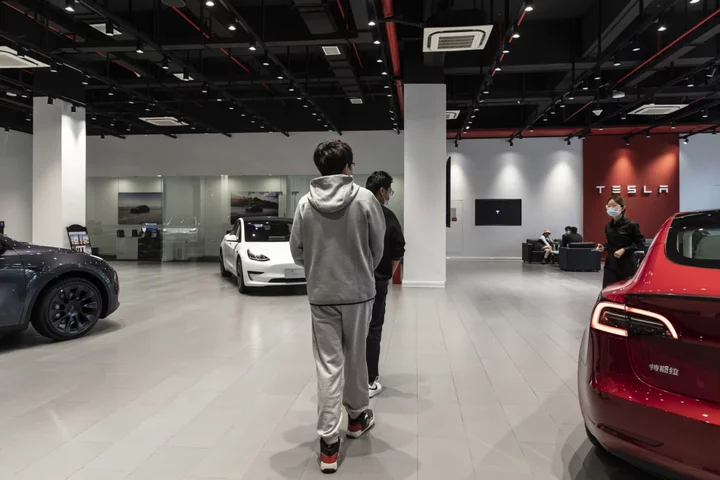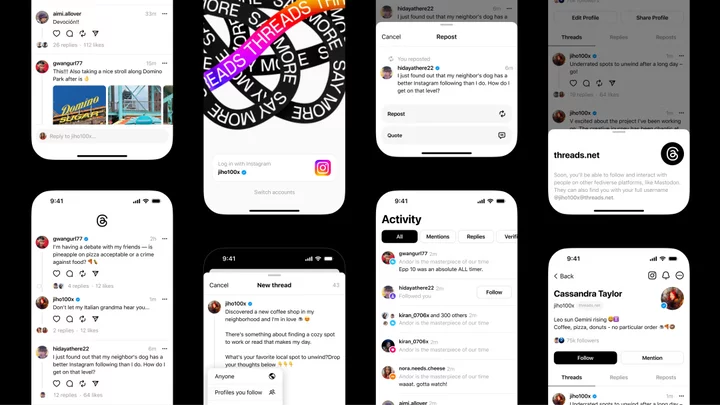A cheaper Apple Vision Pro is reportedly in the works, according to reports from Bloomberg and The Information, which is relief because – let’s face it – the current-generation $3,500 has a ridiculously exorbitant price tag.
The low-cost variant is rumored to cost somewhere between $1,500 and $2,500. Despite still being pricey, the Vision Pro’s cheaper sibling will, of course, lack some key features of the current, more expensive Apple Vision Pro model.
SEE ALSO: Apple Vision Pro: These 2 flaws are reportedly plaguing it behind the scenes1. Fewer cameras and sensors
The "budget-friendly" version of the Vision Pro takes a more streamlined approach, employing fewer cameras and sensors compared to its premium counterpart.
The current Apple Vision Pro boasts an impressive array of four downward cameras, two side cameras, and infrared (IR) cameras for precise hand and finger tracking — even in low-light conditions — without the need for users to position their hands in front of the device. The economical version, on the other hand, opts for a simplified sensor setup. This reduction in hardware complexity, while cost-effective, may result in a somewhat scaled-down immersive experience for users.
2. No M-series chip
As rumored by Bloomberg, the more affordable iteration of the Vision Pro bids farewell to the Mac-grade M2 chip, replacing it with the familiar A-series chips found in iPhones. While this transition may contribute to a reduction in overall expenses, it's important to note that a significant part of the Vision Pro's premium price tag is attributed to its utilization of advanced, high-resolution displays.
In the budget-friendly model, these displays are expected to undergo a downgrade as well, striking a balance between cost-efficiency and the exceptional visual experiences that users have come to expect from Apple's cutting-edge products.
3. No Eyesight
The downgraded Vision Pro model may also see a significant adjustment by omitting the distinctive Eyesight feature. Although, given how creepy it can look, removing it doesn’t seem like a bad idea.
As one of the many impressive features of the current Vision Pro, Eyesight keeps users’ eyes visible while they’re using the headset, particularly when someone is nearby. If you’re fully immersed in an experience, Eyesight will display an animation on the headset’s face that informs passers-by that you’re busy. However, if you’re not, your eyes will be in full view, signaling to others that your door is open for communication.
In the absence of this feature, the budget-friendly Vision Pro may more than likely place a greater emphasis on user discretion and privacy, foregoing the unique social dimension offered by its predecessor in favor of a more discreet, personal experience.









